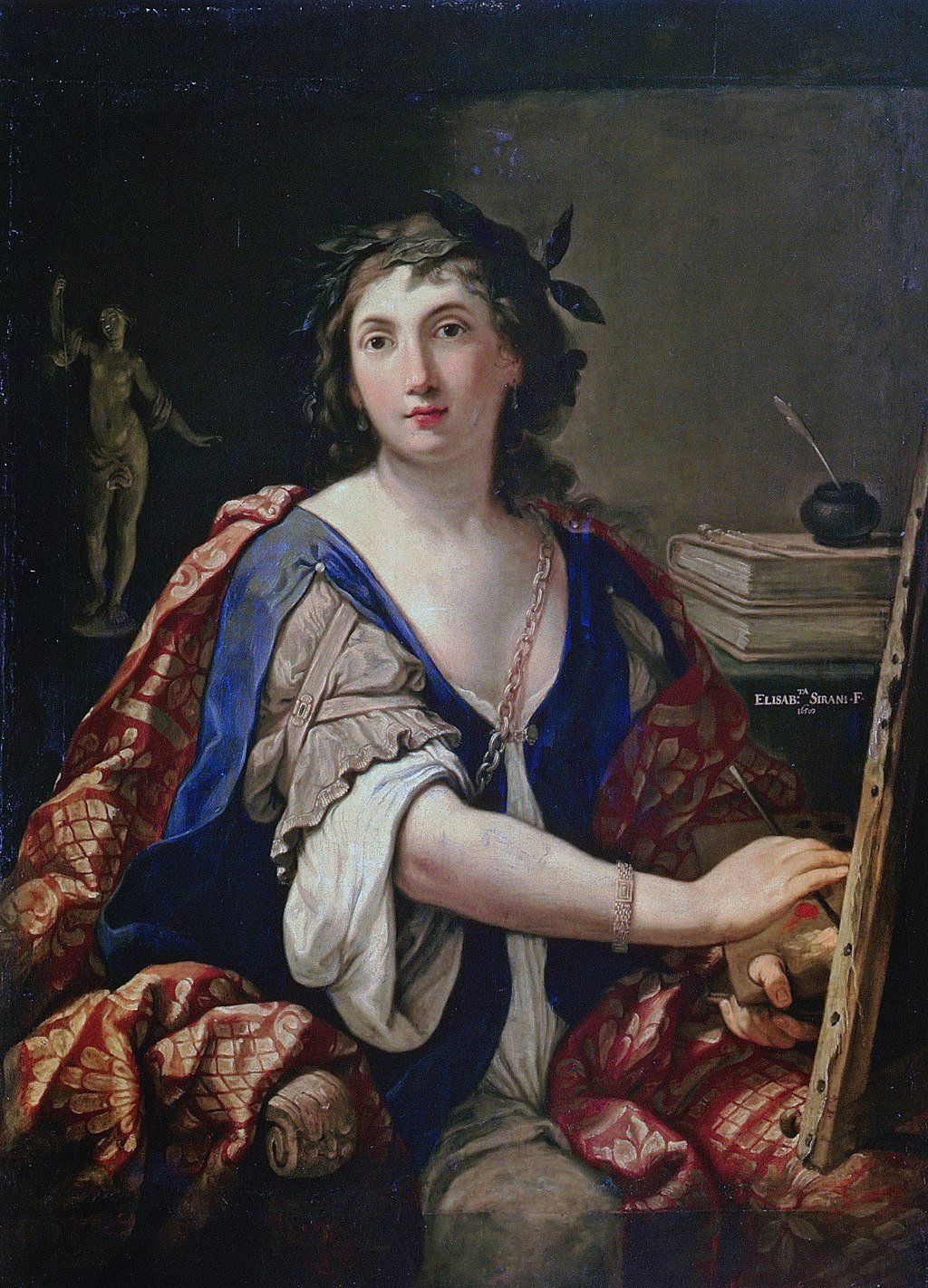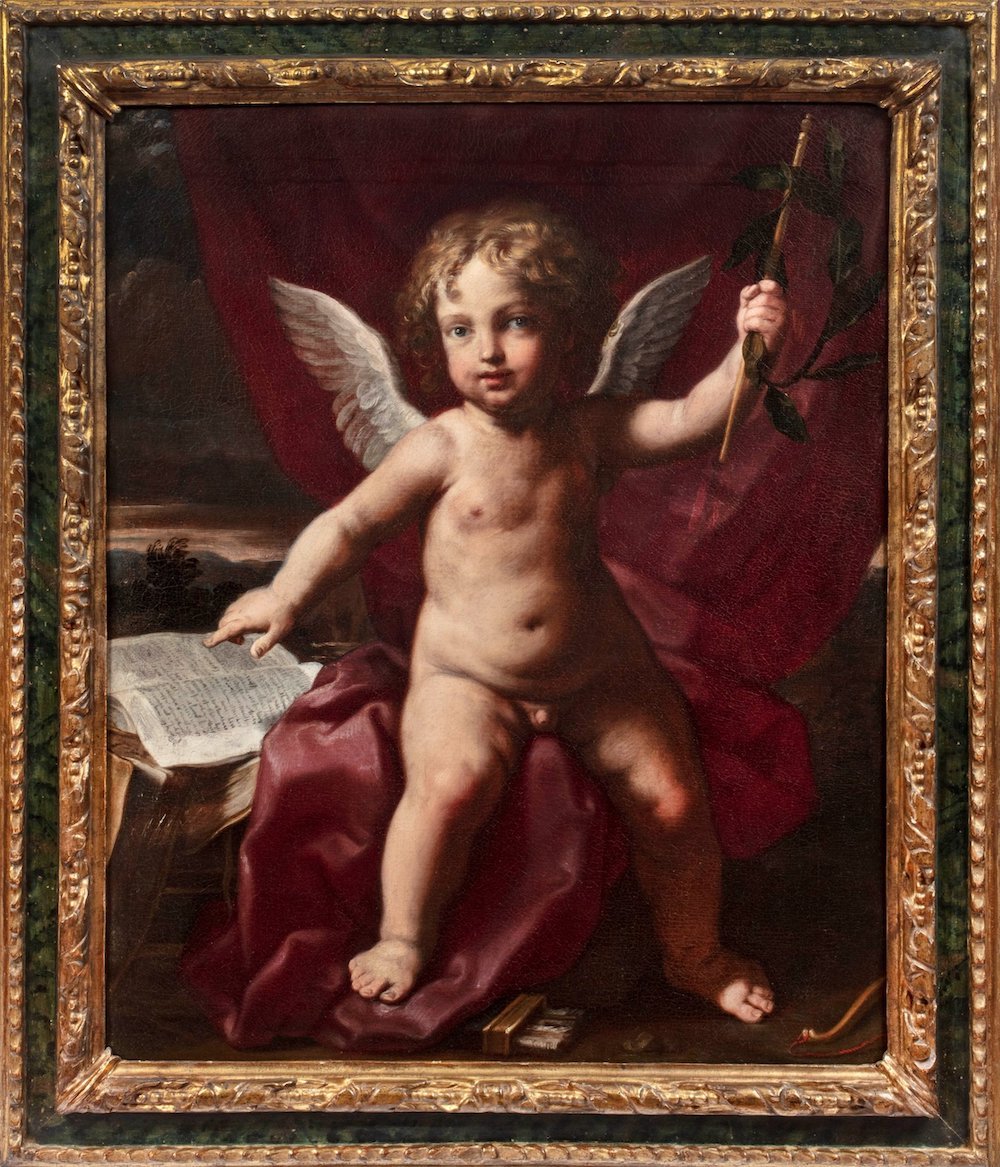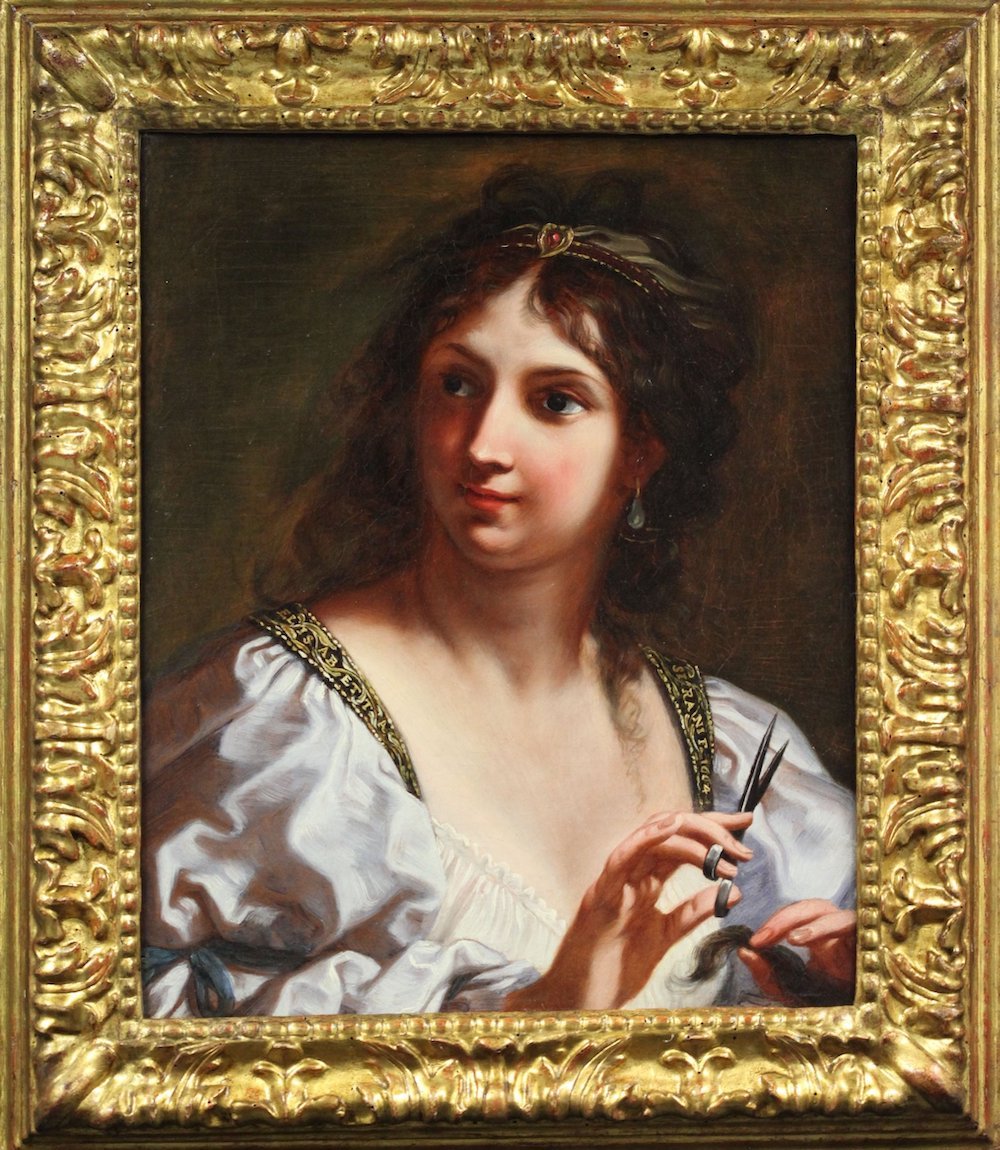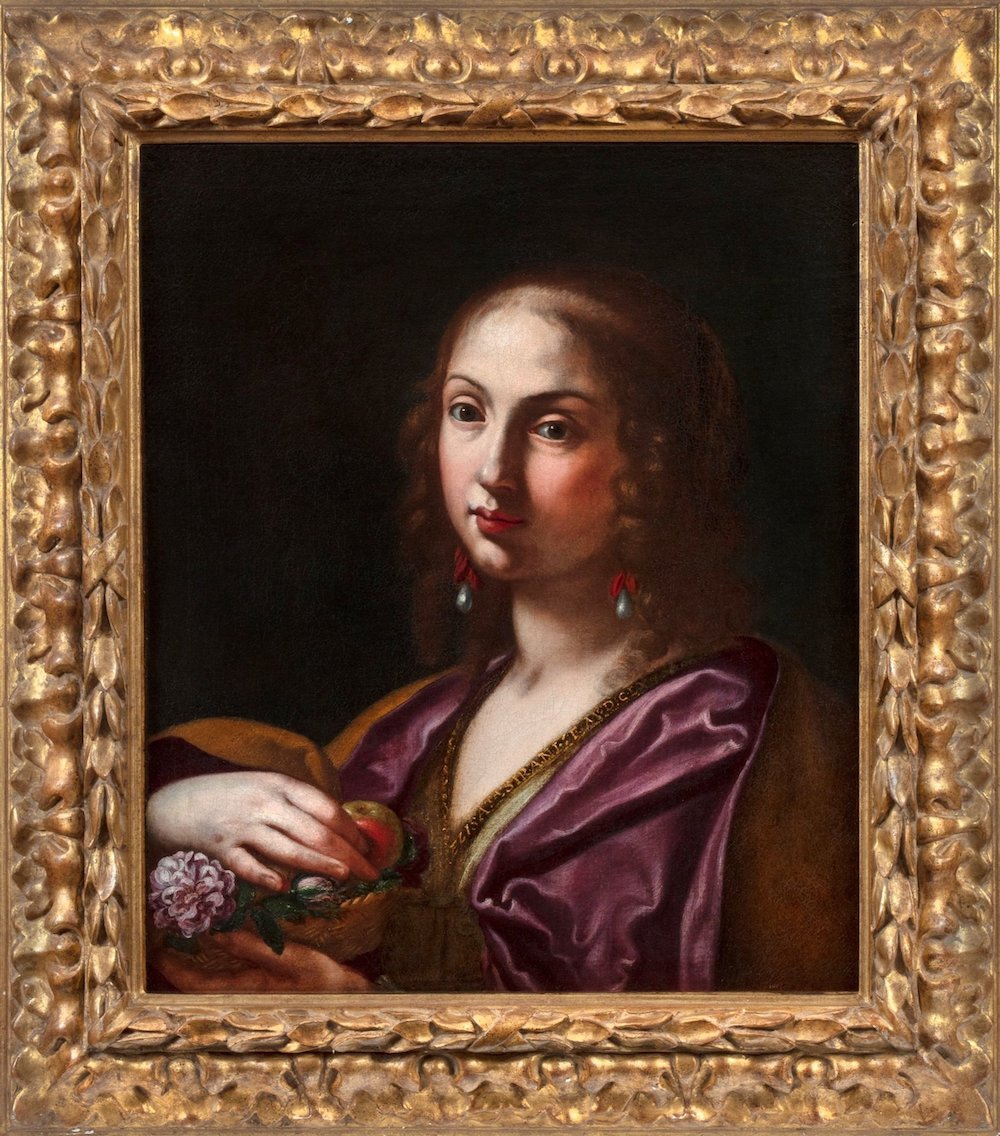Elisabetta Sirani: Maestra Of Baroque Bologna: September Pick of the Month
Elisabetta Sirani was one of the most important artists of the 17th century. During her short lifetime, Sirani was incredibly successful, and inspired many women to pursue artistic careers. Despite her untimely and mysterious death at aged 27, she produced a vast number of works, with her family friend and biographer, Count Carlo Cesare Malvasia recording some two hundred paintings. This exhibition, Elisabetta Sirani: Maestra of Baroque Bologna, featuring eight works - five paintings, three drawings and an etching - is the artist’s first solo show outside of Italy, and is hosted not by a gallery or museum, but by the New York based art dealer, Robert Simon Fine Art. It is a project born out of personal enthusiasm for the artist, and was constructed over a period of just six weeks. This month, we look at why Elisabetta Sirani was so important, telling the story of this extraordinary artist who so proudly signed her works.
Elisabetta was born in Bologna on the 8th of January 1638, then a part of the Holy Roman Empire. She was the eldest child of Giovanni Andrea Sirani, an artist and teacher, who had trained as a pupil under Guido Reni, and in turn trained her.
Starting to paint at aged 17, she soon attracted the attention of other artists and patrons alike, gaining a glowing reputation. Her Madonnas were particularly highly regarded, with Malvasia writing that they were the“most beautiful to be seen since those of the great Guido”. The similarity in artistic talent between the two was so striking that her painting of Cleopatra had been assigned to him until just twenty years ago, identified by Robert Simon himself.
The city of Bologna had a history of being a thriving and often female-driven art centre, funded by a diverse group of patrons. During the 16th and 17th centuries, there were around 150 female artists recorded. The majority of whcih are unfortunately unknown today. The majority of Sirani’s patrons were men, though there were some prominent female customers, such as Eleonora Gonzaga, the Holy Roman Empress. At the time of her death, Sirani had been painting the Empresses’ commission, which remained unfinished.
The mystery surrounding her death caused huge suspicion of her father, who was accused of being somehow involved. An autopsy revealed however, that her cause of death was a ruptured ulcer. She was honoured with a public civil funeral and laid to rest alongside Guido Reni in the Chapel of the Rosary in San Domenico.
Four of the works by Elisabetta Sirani in the exhibition at Robert Simon Fine Art: Omnia Vincit Amor (Love Conquers All) (signed and dated 1662); Delilah (signed and dated 1664); Portrait of Ortensia Leoni Cordini as Saint Dorothy (signed and dated 1661); and Madonna and Child (1663?).
These three paintings below share the same subject matter depicted by different artists. From right to left, Artemisia Gentileschi (1593-1656), Lavinia Fontana (1552-1614), and Elisabetta Sirani (1638-1665). These women were all incredibly successful, and were near contemporaries of one another. The subject of the paintings in an episode from the religious Book of Judith. Judith was a Jewish widow who murdered an Assyrian general that besieged the city she lived in. In order to achieve this, she beguiled him with her beauty, reflected in each of the artworks. Each artist uniquely portrays the story, with Sirani including background details such as architecture to contextualise. Unlike the painting by Gentileschi, Sirani did not focus on the gruesome act of murder, but instead on Judith assuming a positive role as a liberator. Sirani’s Judith is a self portrait which gazes out towards the viewer. Historical episodes were some of the most frequent topics painted by Sirani, especially in the femme forte (strong women) type, alongside religious commissions.
Perhaps the most striking, (pun intended), work by Sirani is her painting of Portia Wounding Her Thigh, executed in 1664. the subject matter tells of a gruesome story from Antiquity, recorded by the Greek philosopher Plutarch. The Roman Republic was at the time being ruled by Julius Caesar, but some of his fellow Senators were plotting against him. The ringleader of the coup was Brutus, and the scene unfolding depicts his wife Portia, attempting to prove herself worthy of being party to her husbands secretes by mutilating her thigh. Unlike Portia, the viewer experiences dramatic irony, knowing of what will happen to Caesar in the Curia of Pompey on the Ides of March.
Whilst it is tempting to connect her weapon with the daggers to be used on Caesar, it must be noted that her weapon of choice is an embroidery tool. In contrast, the women shown in the background of the scene, are performing domestic female tasks, the intended use of their tools. The use of a female object to inflict pain perhaps links to Sirani working as an artist, a career that was dominated by men.
Another example of both a historical painting that belongs to the femme forte genre is this work titled Timoclea Kills the Captain of Alexander the Great. Painted in 1659, it depicts another episode recorded by Plutarch. It shows Timoclea, a Theban woman, taking revenge on her rapist. During the region of Alexander the Great’s Balkan campaigns in 335 BC, his forces ransacked the city. A Thracian captain assaulted Timoclea and afterwards asked her if she was aware of the location of any hidden money. In her revenge, she told him it was in a well, in which she promptly pushed him and threw heavy stones down to ensure his death.
The painting shows the moment before he plunges to his death, trying in vain to prevent his fall. In contrast to his panicked face, Timoclea appears nonchalant. It has been theorised that the painting could be understood as a warning to men who underestimate and take advantage of women, something that no doubt Sirani must have encountered during her life.
The fame and public acclaim achieved by Sirani cemented her position as a role model for female artists. In her biography, Malvasia wrote that there “have been, and still are numerous women and young girls who follow the example of this most worthy painter”. A pioneer for the inclusion of women working as artists, she opened a school where she enabled girls to be taught by women, removing the need for girls to be related to an artist in order to establish a career. Her array of paintings were utilised by those in the Bolognese School from which to create copies and inspired works. Although it had been theorised that these were painted by artists working with her, perhaps as apprentices, her short lifespan likely voids this. Instead, many were executed after her death, by those that she influenced. One clear example of this is the painting below right, which was painted by an unknown artist, based on an original of Sirani shown in the below left.
The painting, currently on display as part of the exhibition, shows Anna Maria Ranuzzi as Charity. Dated in August 1665, it is likely one of the last paintings done by Sirani and was commissioned by the sitter’s brother, Count Annibale Ranuzzi. It is a rare example of a portrait by Sirani, who unlike other female artists such as Lavinia Fontana, did not choose to often do them. Anna is shown alongside three children, only two of which are her own. The eldest child, shown in the red clothing, serves as a way to establish the sitter as Charity, who was typically depicted with three children. Children were a popular choice of subject matter for Sirani, despite her never marrying or having any of her own. The inspired work on the right differs from the original, but retains its composition. Instead of the painting functioning as a portrait, the artist intended it to be an allegory of Charity.
The exhibition is running from 5 - 29 September.
(Written by Han Parker on behalf of Athena Art Foundation, September 2023)











